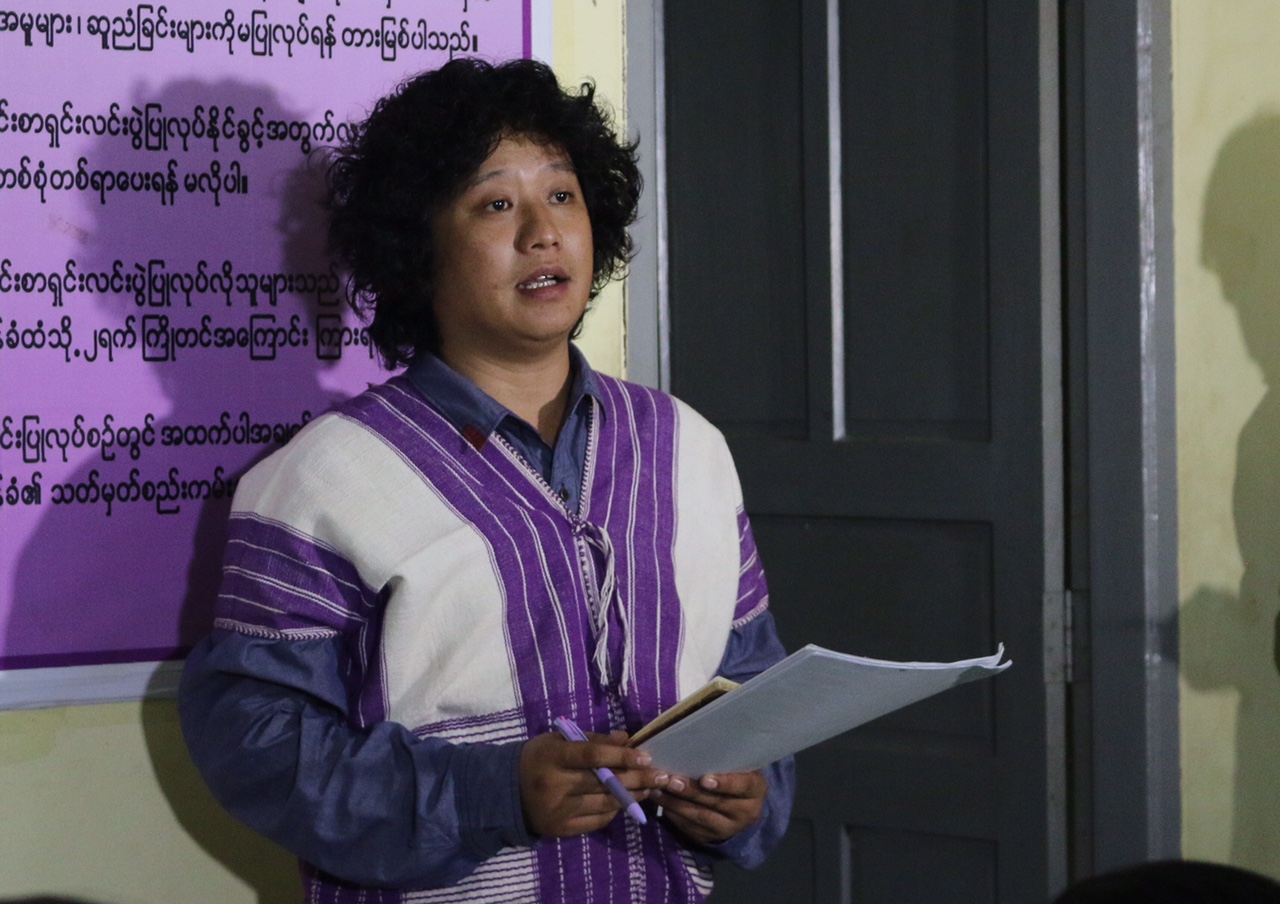Saw Alex Htoo is the deputy director of Karen Environmental and Social Action Network (KESAN). He grew up along the Salween River in Karen State. He talks to DVB about the current threats the people and wildlife are facing with new hydropower projects proposed in the area.
Question: What was it like growing up on the Salween River?
Answer: Every evening as a kid, I would go for a swim on the river, and every summer you have some small insects that make a lot of noise. We would also get a big stick and put sticky rice on it, then catch the insects and fry them and we eat them. I miss that childhood. Whenever I go back there I feel very excited and always very fresh as the Salween River is always cold, like ice, flowing down from the Himalayan ice caps.
Q: Currently there are the controversial proposed hydropower dam projects in Karen State — are there any new threats?
A: Green-grabbing is a new problem for Burma and we need to understand this. Politically all the forests, the last remaining forests, are under the control of ethnic armed groups and some in government areas. If a new group says they want to set up a national park, if people aren’t aware of what that means that could be a challenge. It takes time to involve the community and make them understand. It takes a lot of energy and time.
Q: KESAN is planning to build a peace park. Is this an example of conservation from the community rather than green-grabbing?
A: This is the first time there has been a community-centred conservation approach. KESAN started in June last year a consultation with around 300 farmers and community members. First we met with the community and then since they supported the idea, we have started to write a concept paper and negotiate with the KNU leaders. The next step is we need to collect data on the ground, how many villages, eco-systems, and record the traditions, the river status, the forest status, the health and education status in the area, and how the people preserve these areas. Then if we are able to put all this into a proposal it will go to the district leaders, and if they support this initiative then we will propose it to the KNU congress. This will mean a park with no logging, no mining, no hydro-power projects, no top-down conservation approach or ‘green grabbing’.
Q: When we read the word ‘conservation’ we automatically think it’s positive, but are you saying sometimes there’s another side of the coin that needs to be considered?
A: Conservation is a positive thing, it is good. But the way that it is used, when it comes to implementing the conservation on the ground it can turn out very bad. There are key questions we need to ask. Who has what rights, and to which land and forest? For what purposes and for how long? Conservation has to be inclusive. Without community consultation, the conservation approach will fail. Ethnic areas have their own administration so if international groups want to help ethnic peoples then they need to understand local context. Community is the key to sustainable conservation. A lack of community involvement in the controversial hydropower dam projects in area has developed a lack of trust from the people. That’s why I tell the INGOs we are not saying ‘don’t work with the government’, but we are just saying that this is the reality on the ground.
[related]
Q: What are some of the challenges you face with introducing this Salween Peace Park?
A: I think it will be the first ever great project in Burma but KESAN is still lacking in human resources and technical skills so the main issue is that the community has to work together. This area is also a war-torn zone and there are more than six Burmese army camps located in the proposed peace park. They are still there, and they refuse to leave despite the ceasefire.
Q: What are your other current conservation efforts in Karen State?
A: There are six wildlife sanctuaries in Karen State and 25 reserves of forests, 28 customary lands and 82 community forests. We have a lot of different types of tigers, leopards and rare animals in the forests in Karen State so we also try to educate people about what animals they can and cannot hunt. For example, previously people killed tigers because they believed they would hunt the people. But then the question we began to ask is, ‘Why did the tigers start coming to the village?’ Because they do not have any food left to eat in the forest. And other animals like elephants, bears, black cats, leopards, or other animals. Again, it is very important politically, economically, socially, for the Karen people and for our political struggle to protect our land.



